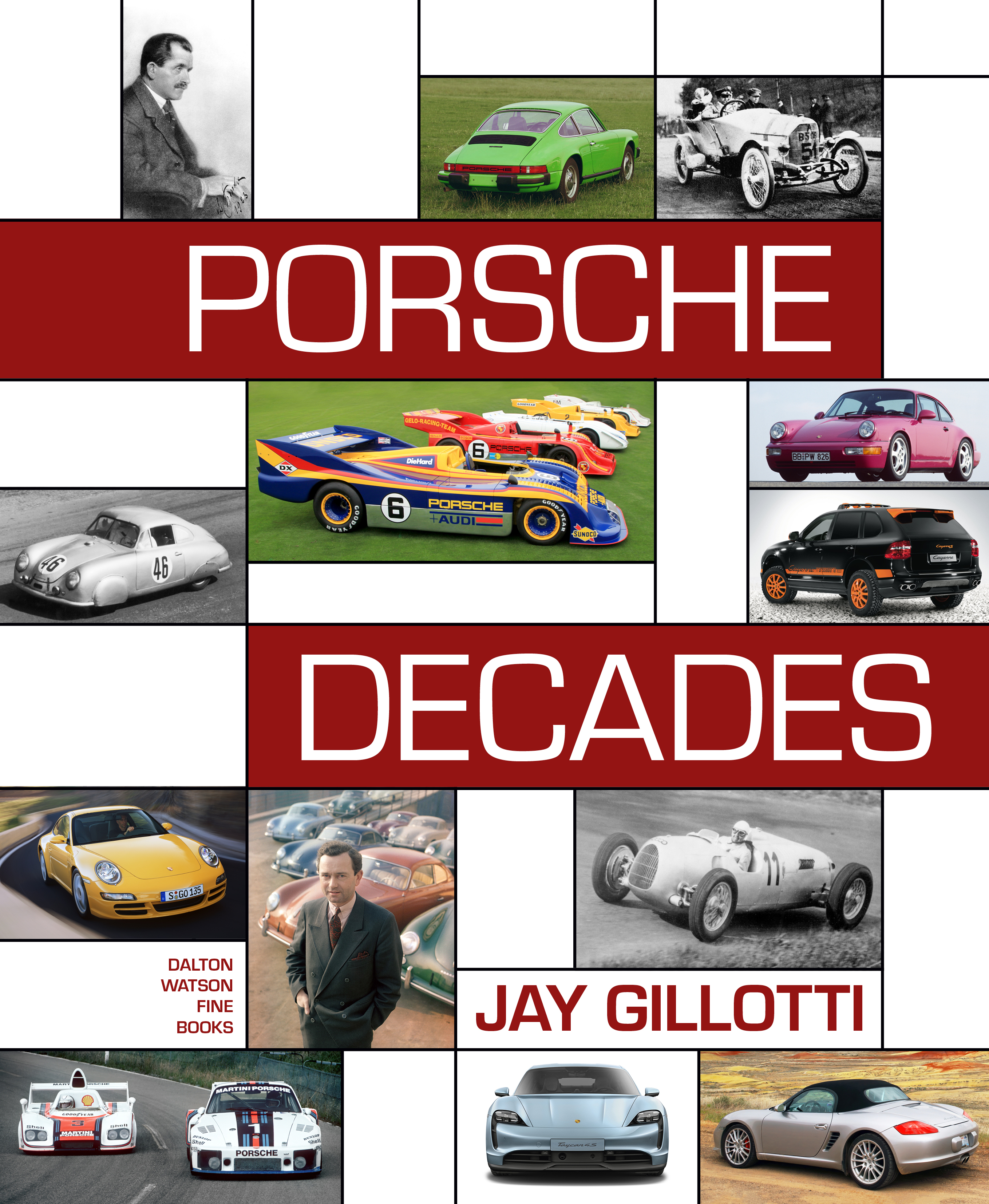
|
Porsche Decades
by Jay Gillotti
Porsche Decades is an introduction to Porsche history from 1875 to 2023. It is written and designed for new Porsche owners, new Porsche club members, or those new to learning about the brand. Each chapter touches on the major events and projects important to Porsche’s history during the period. The main topics are meant to spark further interest and provide a jumping off point for future exploration of this fascinating automotive and engineering history. Plentiful sidebars add general knowledge and enrich the narrative for new and experienced Porsche enthusiasts alike. >>>MORE
|

|
Nash-Healey: A Grand Alliance
by John Nikas, with Hervé Chevalier
Nash-Healey – A Grand Alliance examines in exquisite and exacting detail the story behind America’s first postwar sports car and the unique Anglo-American partnership between Nash and Healey that gave it life, which became an international triumvirate with the later involvement of famed Italian coachbuilder Pinin Farina. >>>MORE
|
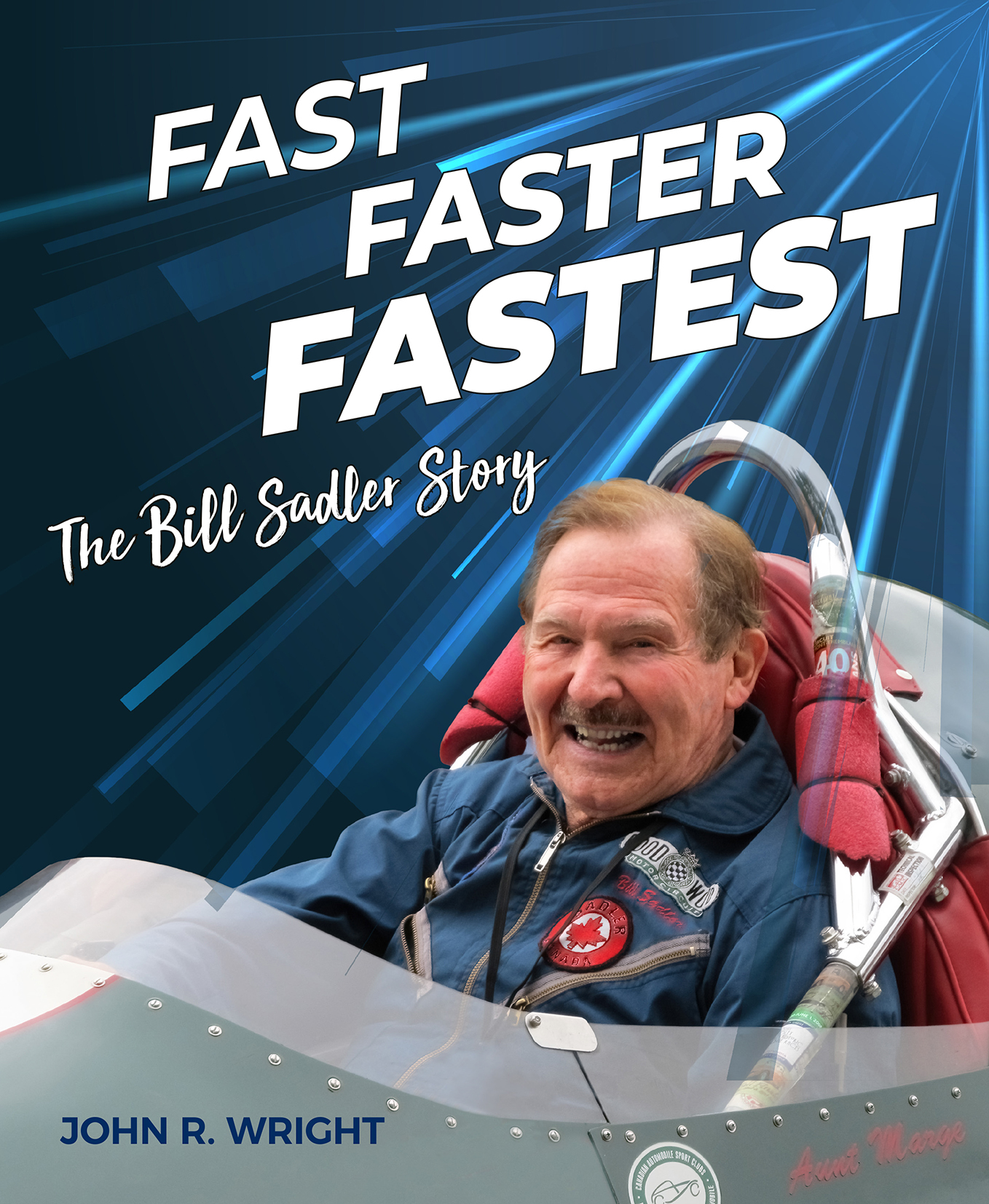
|
Fast, Faster, Fastest: The Bill Sadler Story
by John R. Wright
This biography of Bill Sadler tells the story of an innovator who
set the racing world astir with race cars of his own invention.
Progressing from a Hillman Minx convertible to one of the fastest race
cars ever, to a Piranha ground attack aircraft, Bill Sadler has worked
and raced throughout the US and in Area 51, a top-secret USAF facility
in Nevada.
>>>MORE
|
|
VICTORY: A History of Cadillac's V-Series – Every Model Since 2004
by Andrew Nussbaum
The 2004 model year carries supreme significance for Cadillac, General Motor’s luxury flagship division, marking the birth of its V-Series ultra-high-performance sub-brand. The V-Series was conceived and cultivated to challenge Germany’s long revered and dominant special variants by wielding the combined might of GM’s most advanced technologies in design, engineering, and racing prowess.
>>>MORE
|
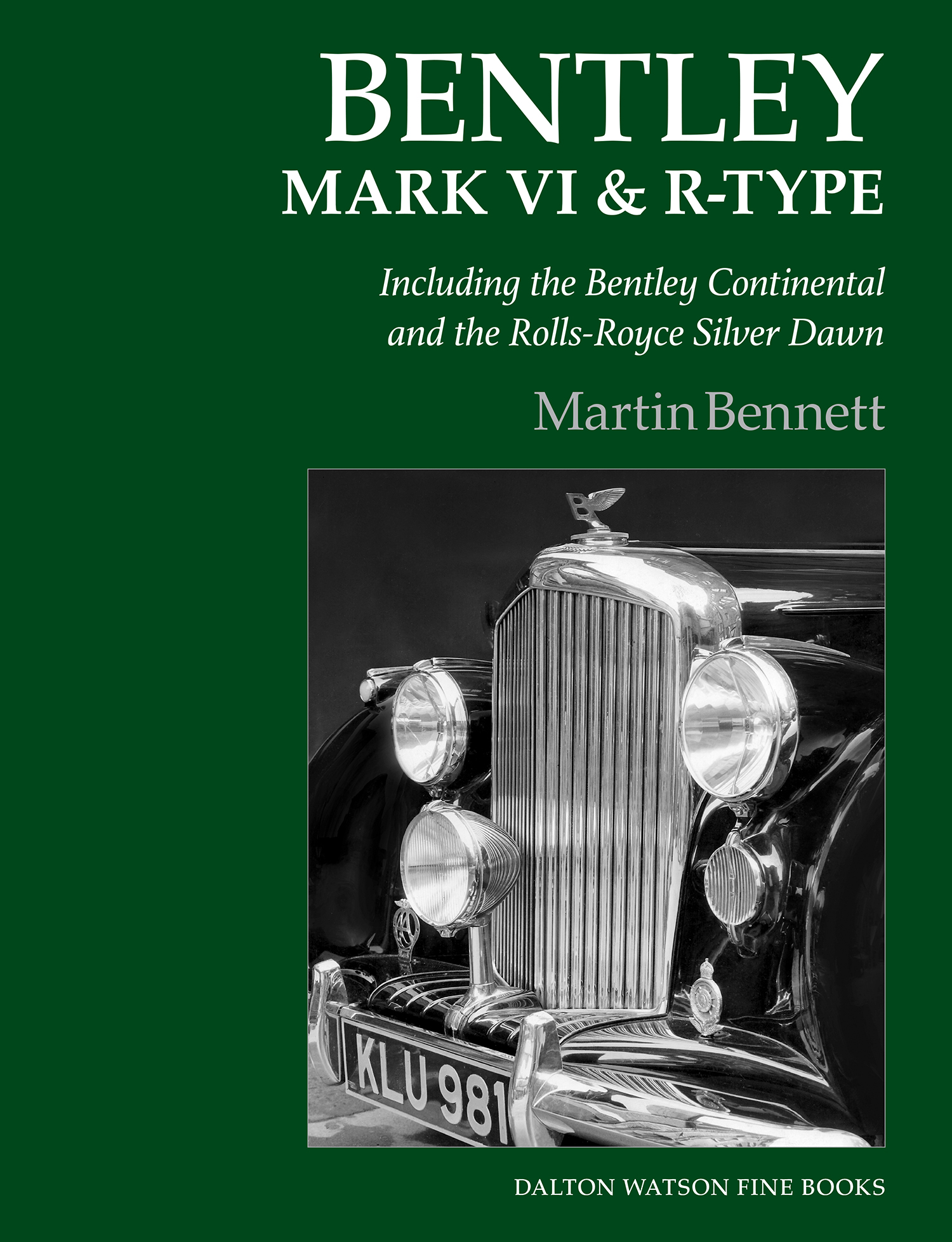
|
Bentley Mark VI & R-Type, Including the Bentley Continental and the Rolls-Royce Silver Dawn
by Martin Bennett
This book is a celebration of the best-selling model produced by Rolls-Royce Ltd when motor car production resumed at Crewe after World War II, the Bentley Mk VI. That model later evolved into the R-Type and the Bentley Continental, as well as a Rolls-Royce counterpart, the Silver Dawn.
>>>MORE
|
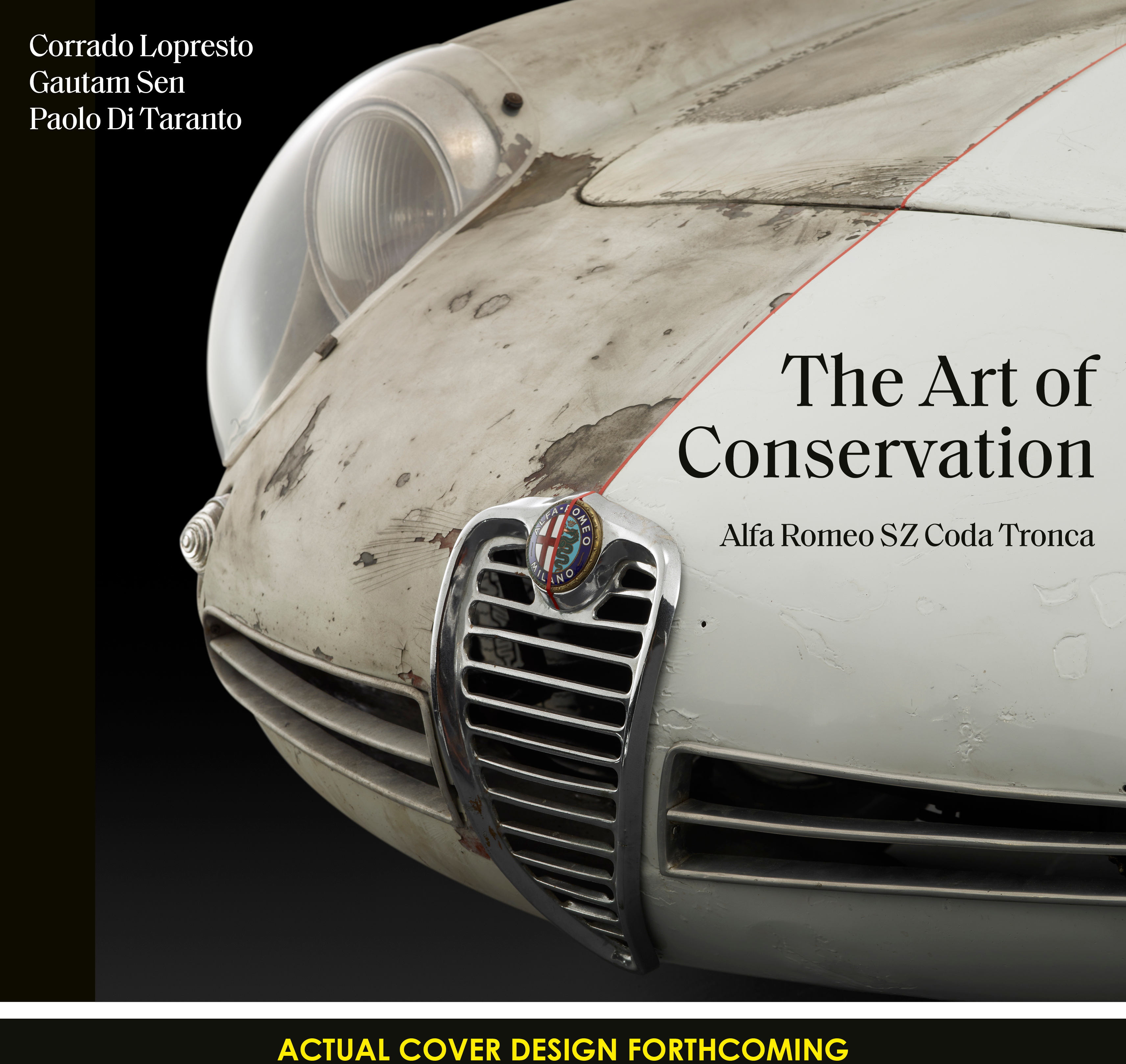
|
Alfa Romeo SZ Coda Tronca: The Art of Conservation
by Corrado Lopresto, Gautam Sen, Paolo Di Taranto
The story of rediscovering a very important historic vehicle and its conservation whereby the car has been treated as a work of art, saving as much as possible of the amazingly well preserved original. Drawing on art and archaeological techniques, prominent Italian collector Corrado Lopresto decided to clean only half the car, leaving the other half frozen in time.
>>>MORE
|
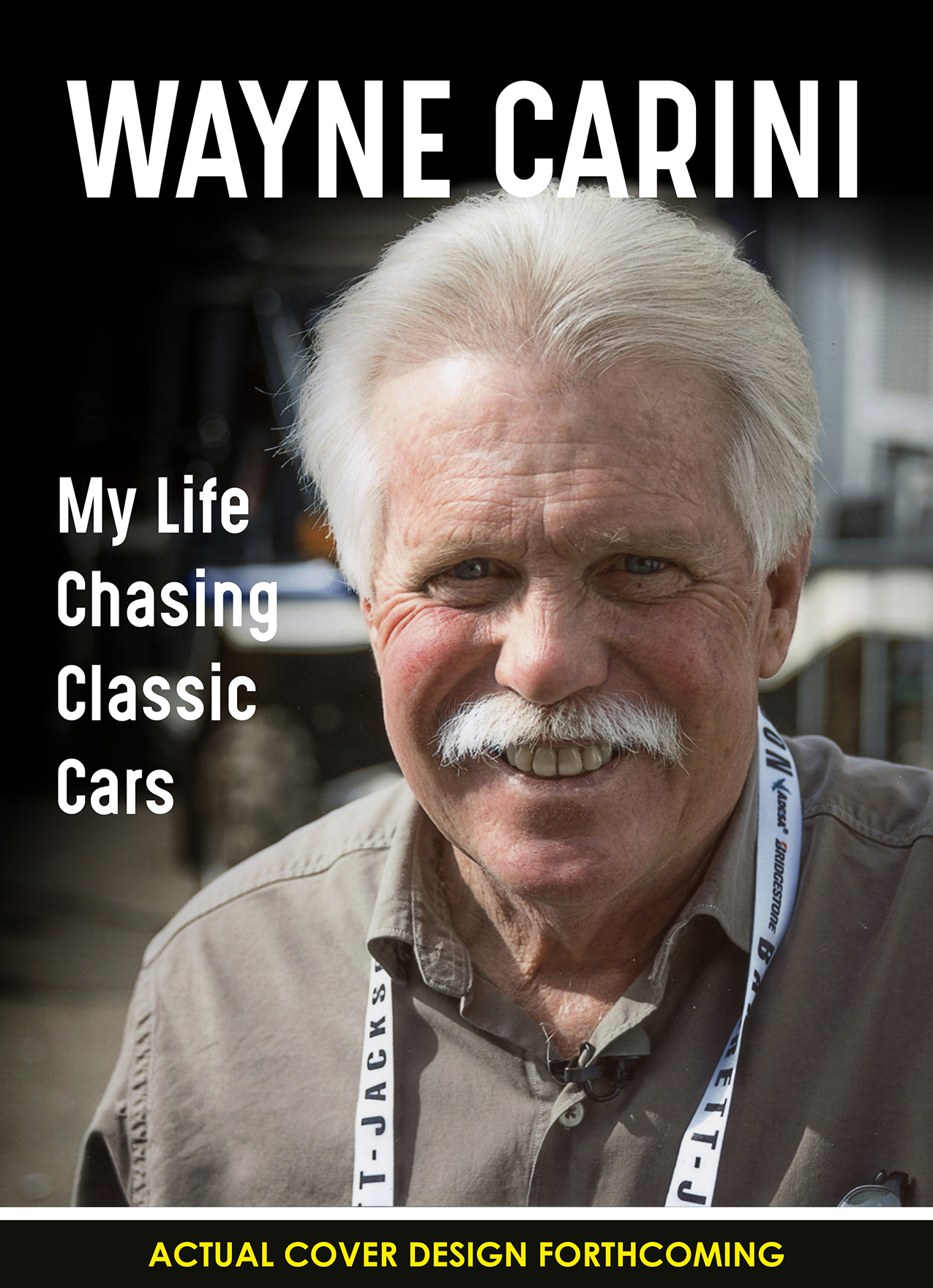
|
Wayne Carini: My Life Chasing Classic Cars
by Wayne Carini, with John Nikas
Wayne Carini is the world’s favorite classic car enthusiast and in
My Life Chasing Classic Cars, this beloved and respected gearhead looks back at a lifetime pursuing his automotive passions. My Life Chasing Classic Cars puts you in the passenger seat with Wayne at the wheel talking about his favorite cars, most exciting adventures and revealing some tricks of the trade.
>>>MORE
|
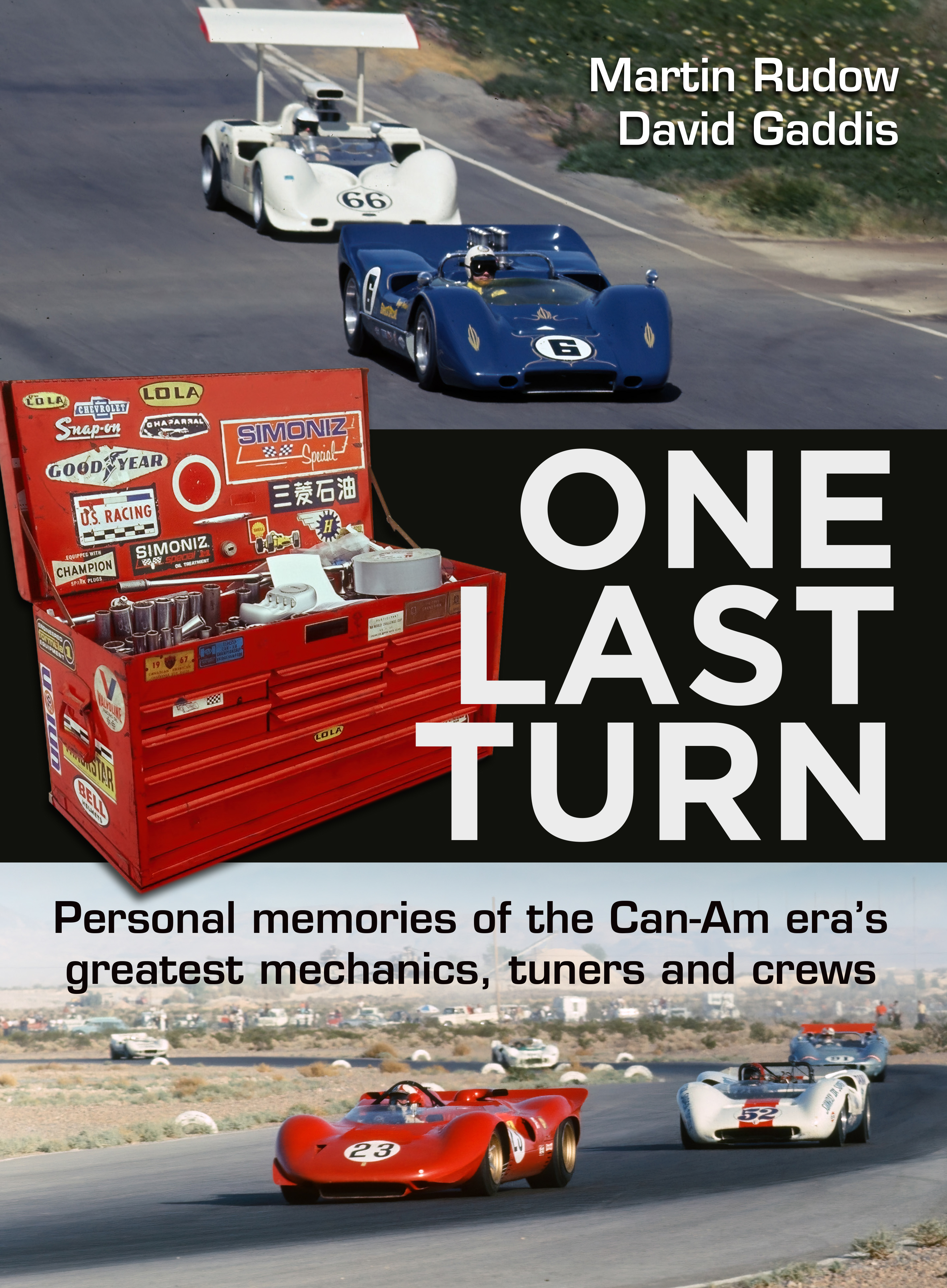
|
One Last Turn: Personal memories of the Can-Am era’s greatest mechanics, tuners and crews
by Martin Rudow and David Gaddis
Can-Am! The words are still magic to a generation of road racing fans to whom the Canadian-American Challenge Cup series represents the pinnacle of the sport they love. And who is to argue? Taking over from the USRRC (United States Road Racing Championship) as the feature sports car circuit in North America from 1966 through 1974, the world’s best drivers and the world’s best racing teams put together cars that followed the rule of the Can-Am series: no rules! Anything went, as long as it had two seats and enclosed wheels. These “rules” set the stage for years of ground-and-pulse-pounding cars powered by bigger and bigger engines and daredevil drivers competing in front of motorsport’s biggest crowds.
>>>MORE
|
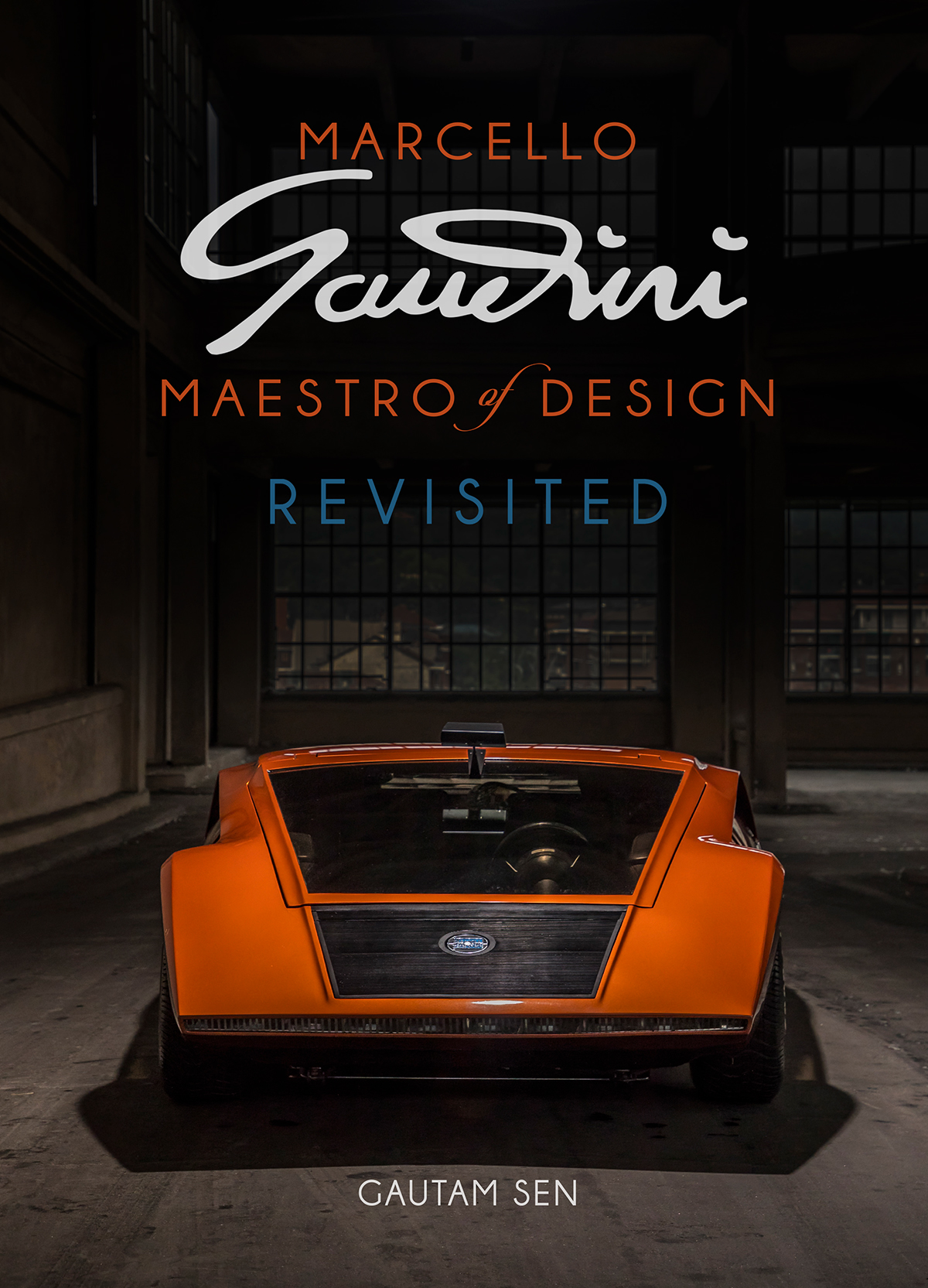
|
Marcello Gandini: Maestro of Design REVISITED
by Gautam Sen
Arguably the preeminent designer of supercars globally, Marcello Gandini's status as one of the most exceptional automobile designers remains undisputed. Whether he attains the title of the greatest designer ever is contingent on time and the evolving landscape of automobile design. Nonetheless, it is indisputable that Gandini has wielded a profoundly significant influence on automobile design throughout the latter half of the 20th century, and his impact endures well into the 21st century. From iconic vehicles such as the Lamborghini Miura to the Maserati Quattroporte IV, the unassuming Audi 50/VW Polo to the remarkable Cizeta V16T, Gandini has crafted some of the most pivotal cars in automotive history. This book encapsulates the most crucial, as well as some of the lesser-known gems, presenting them in a more accessible format.
|
|
|
|